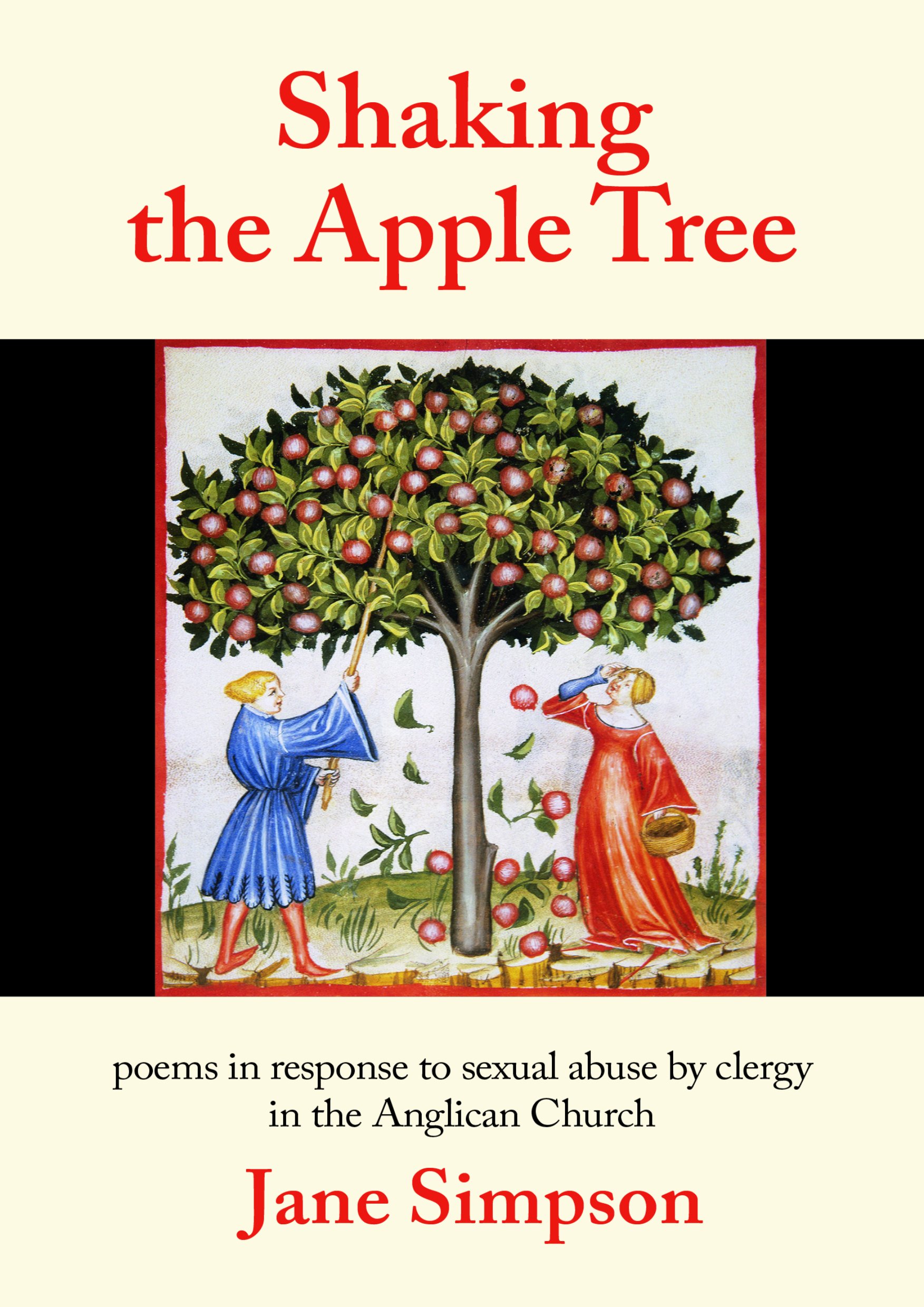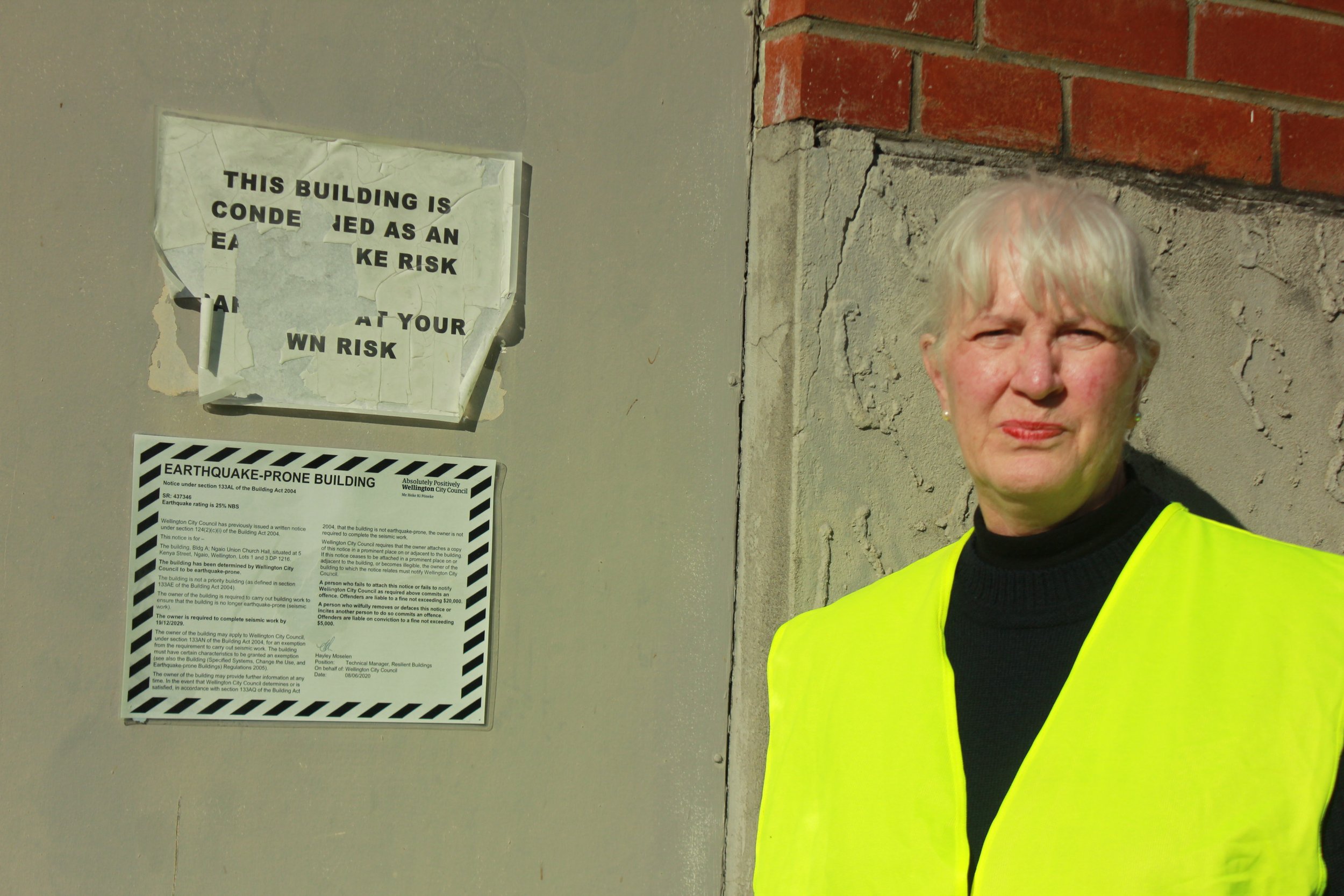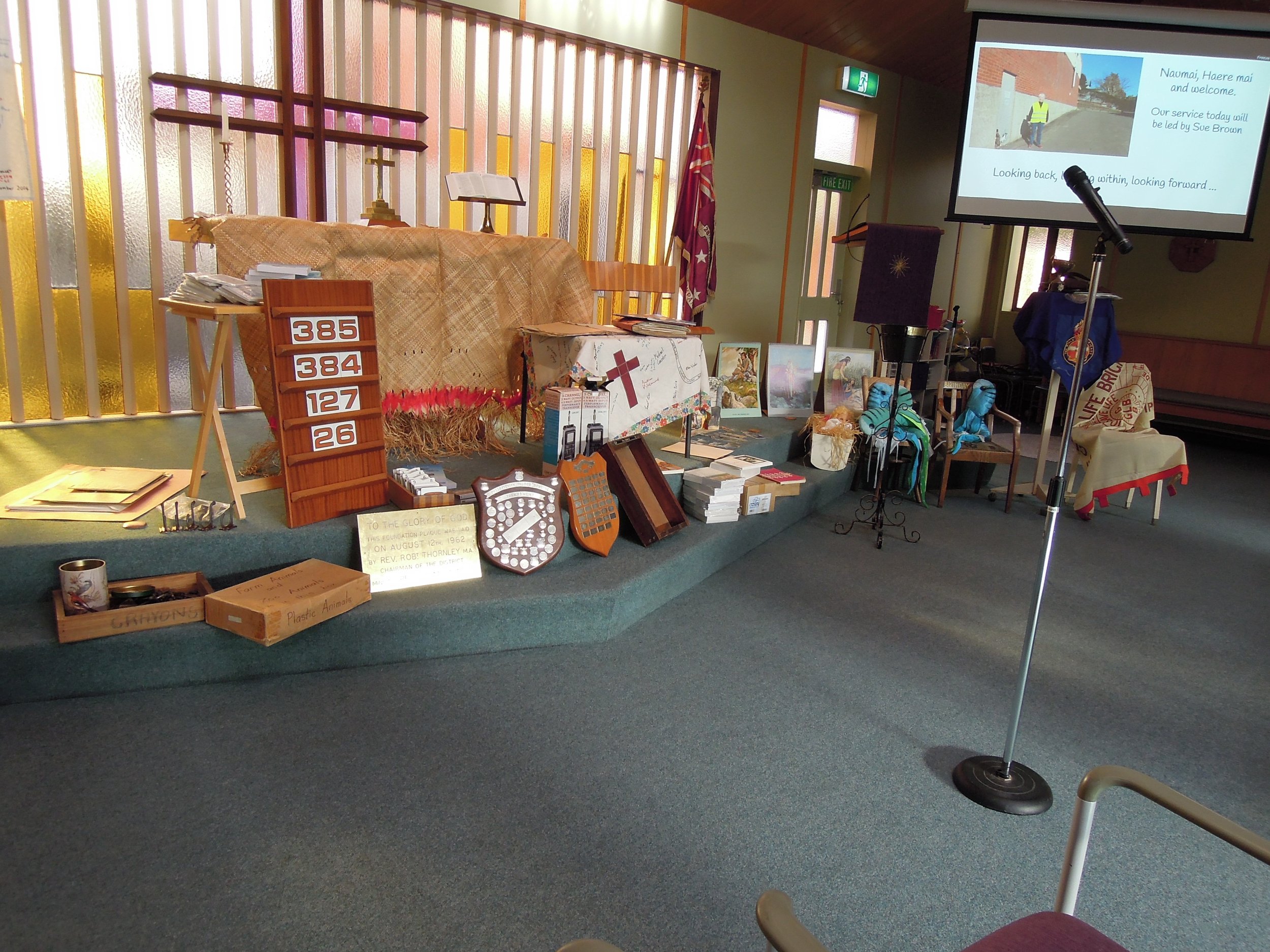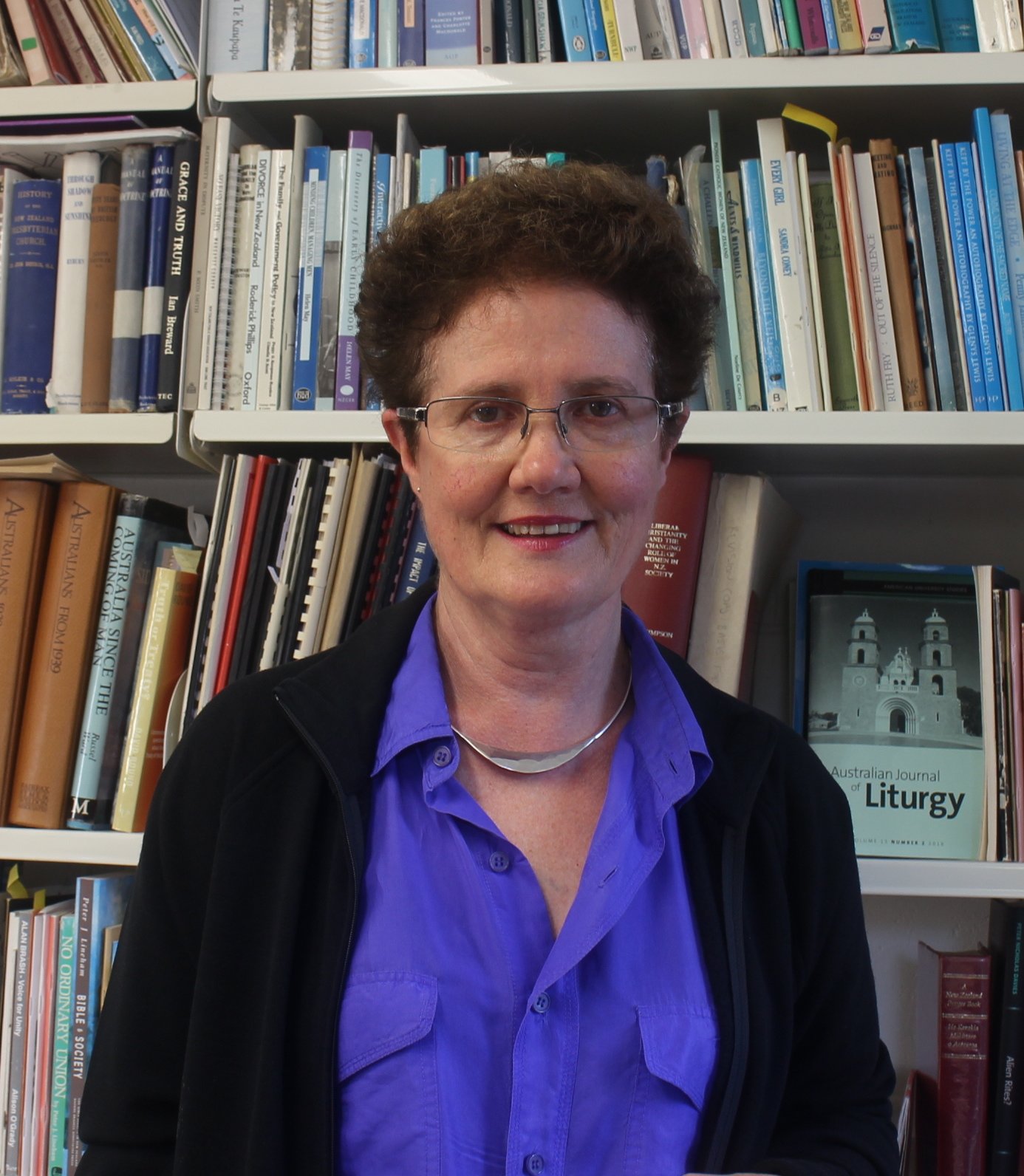
Jane Simpson
poet, historian, writer of liturgy
publisher of Poiema Books
Jane Simpson’s new poetry collection Shaking the Apple Tree is directly relevant
to the victims and survivors of sexual abuse, particularly by male clergy.
Jane Simpson is to be congratulated for this extraordinary book of poetry which captures the horror we experienced when we asked for justice according to the Canons and Statutes of the Church.
- Rev. Louise Deans, MNZM
Liturgy
2nd ed. addresses climate change
A world first book to say goodbye to your home
The Farewelling of a Home is a liturgy that is useful and versatile, profound and beautiful, in a world that is increasingly in need of ritual to celebrate the most essential of human experiences.
- Mary-Anne Lumley, Liturgist and teacher, Perth
Shaking the Apple Tree – readings by Jane Simpson
The Farewelling of a Home
Prayer of the Month
WHEN MOVING INTO A RETIREMENT VILLAGE OR LATER IN LIFE
The householder(s) says O God, it is time (for us) to leave this place,
our home for n. years/generations.
We look to a future with fewer things, freer time.
Like the rose whose roots are wrenched
may we grow and flourish in new soil.
© Jane Simpson, The Farewelling of a Home: a liturgy, 2021, p.7.
‘Simpson is to be applauded for this initiative. The Farewelling of a Home is a liturgy that is useful and versatile, profound and beautiful, in a world that is increasingly in need of ritual to celebrate the most essential of human experiences.’
- Mary-Anne Lumley, Australian Journal of Liturgy, vol. 17 no. 4, 2021.
Don’t demolish until you’ve said goodbye
The Farewelling of a Home is adapted to farewell the Ngaio Union Church Hall
Margaret Pitt, a parishioner from her childhood, at the door prohibiting entry.
The demolition of Ngaio Union Church Hall built in 1962.
In the Farewelling Service on the 18 July 2021 parishioners spoke about their memories and these objects salvaged from the hall.
The liturgy to farewell a home, the first of its kind, has now been used and adapted to say goodbye to a much-loved church hall in Wellington, New Zealand.
Last year the Ngaio Union Church Hall, built in 1962, shut for the last time. It had failed to meet the structural standards required following the Christchurch earthquakes (2010–11).
Minister of Ngaio Union Church, Mrs Sue Brown, felt it wasn’t right just to let the bulldozers move in. The end of the hall’s life serving the community must be marked by a suitable service.
The Farewelling of a Home
A new liturgy is used for the first time
The householder, the Rev. Rawinia Douglas, and a small group of family and friends farewell her home in Aranui, Christchurch, on Easter Monday, 5 April.
Rawinia and a friend deep in prayer at the start of the liturgy at the entrance to her home.
From humble beginnings, in a home in an old state housing area, a new liturgy has been used for the first time. The householder was a Māori Anglican priest, the Rev. Rawinia Douglas (65).
Little did she know when she attended the launch of The Farewelling of a Home: a liturgy by award-winning poet and historian, Dr Jane Simpson, that she would be the first householder to use it.
Read about how this liturgy came to be written
Jane Simpson, ‘Making and publishing a liturgy: The Farewelling of a Home’ from the Australian Journal of Liturgy, 2021.
Reviews
‘Simpson is a poet, so understands the power and evocation of words. However, she is also a person of faith who has imbibed the Word of God. The liturgy incorporates one Scripture reading, from Ecclesiastes 3. However, allusions to Scripture are subtly suffused through the prayers and responses and even through the suggested directions for moving from place to place. Because this liturgy is bodily! Participants are invited to move from room to room, to walk, to touch, to place symbols, to bid farewell. The author is also awake to the richness of diversity, evidenced through her use of bilingual prayers and responses. Finally, Simpson is learned and generous; she brings the pain of lived experience, the fruit of much research and an openness to building on the past in creating a new work.’
Mary-Anne Lumley, Australian Journal of Liturgy, vol. 17 no. 4 2021, 251. Read the review
‘While not intending to restrict a family or householder(s) use of words the language of this liturgy is noble and expresses a range of emotion including sorrow, gratitude and hope. It is crafted with an awareness of tikangi Māori and it is hoped that a version in te reo Māori will become available.’
John Meredith, Word & Worship, series 19: 4, (Spring 2021). Read the review
From the international online cultural magazine, London Grip, ‘It is rare, if not unprecedented, for London Grip to review liturgy. But what is liturgy, after all, but a form of drama – often with a poetic element? So here we go’
Michael Bartholomew-Biggs, read the review
‘Beautifully produced, thoughtfully and poetically composed, I recommend The Farewelling of a Home as a wonderful pastoral response to a strong human need that has, until now, been neglected.’
Bosco Peters, liturgy.co.nz
Author Talks and Articles
Farewelling a home with karakia and love
By Jane Simpson
(First published May 2021 by the Anglican Women’s Studies Centre, New Zealand).
Virtual Theology Chat
Every month the Anglican Women’s Studies Centre, New Zealand, hosts a Virtual Theology Chat via Zoom. The chats provide an opportunity to share research projects, publications, reflections and interests, with a wide audience of Women.
‘The Farewelling of a Home: writing and publishing a new liturgy’, 20 May 2021
By Jane Simpson
The launch of The Farewelling of a Home
By Jane Simpson
The author, Dr Jane Simpson, reads from her new liturgy, The Farewelling of a Home, at the launch in the Cardboard Cathedral, Christchurch, on 20 February.
Cover image: Gretchen Albrecht, Golden Vapour Cloud, 1973.
Dr Jane Simpson reads from the liturgy two days later.
A prayer to farewell any home
We give thanks for ordinary days and special occasions,
birthdays, parties, … , loved ones coming home,
meals made sacred by your presence,
chores and routines, rest and play,
and for the times when we just survived.
Jane Simpson, The Farewelling of a Home, 2021.
Leaving your home for the last time
People leave their homes to start a new life, because they have no choice, and for many other reasons. They may stay in the same suburb, city or country or leave for a new one.
The purpose of this new liturgy is to remember, say goodbye, grieve the loss of a home, and proclaim hope. It has been written for householders in a range of different contexts:
To mark life-changing transitions
When forced to leave by economic factors
When made homeless by natural disasters














